Home>Articles>How To Make Increase The Speed Of An Electric Motor
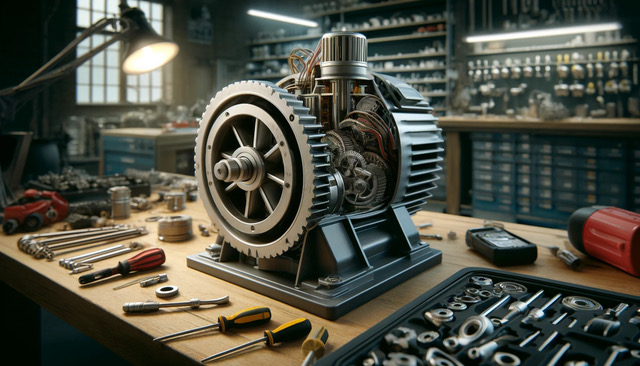

Articles
How To Make Increase The Speed Of An Electric Motor
Modified: March 1, 2024
Learn how to make your electric motor faster with these helpful articles. Boost the performance of your motor and achieve greater speeds.
(Many of the links in this article redirect to a specific reviewed product. Your purchase of these products through affiliate links helps to generate commission for Storables.com, at no extra cost. Learn more)
Introduction
Welcome to the exciting world of electric motors! Electric motors are essential devices that power a wide range of applications, from household appliances to industrial machinery. If you’re interested in making your electric motor run faster, you’ve come to the right place.
Understanding the dynamics of electric motors and how they operate is crucial to improving their speed. In this article, we will explore the factors that affect motor speed and provide actionable tips to help you make your electric motor faster.
Whether you want to achieve higher performance in a hobby project or increase efficiency in an industrial setting, optimizing motor speed can have significant benefits. By increasing the speed of your electric motor, you can enhance productivity, improve overall performance, and unlock new possibilities for your projects.
So, let’s dive into the world of electric motors and discover how you can make them faster!
Key Takeaways:
- Upgrade motor components strategically to enhance speed and performance. Consider high-quality rotors, stators, bearings, and controllers for optimal results.
- Safely adjust voltage and current while optimizing motor efficiency to achieve desired speed and performance improvements. Prioritize safety and seek professional guidance when necessary.
Read more: How To Make An Electric Motor Variable Speed
Understanding Electric Motors
Before we delve into ways to make your electric motor faster, let’s first gain a basic understanding of how electric motors work. At their core, electric motors are devices that convert electrical energy into mechanical energy, resulting in rotational motion.
Electric motors consist of several components, including a stator, rotor, and various winding configurations. The stator is the stationary part of the motor and contains windings that produce a magnetic field. The rotor, on the other hand, is the rotating part of the motor and is responsible for generating the mechanical output.
The operation of electric motors is based on the principles of electromagnetism. When an electric current passes through the stator windings, a magnetic field is created. This magnetic field interacts with the rotor, causing it to rotate. The speed at which the rotor rotates determines the motor’s overall speed.
The speed of an electric motor is measured in revolutions per minute (RPM). Different motors have varying speed capabilities, depending on their intended application. Some motors are designed for high-speed applications, while others are optimized for lower speeds but with greater torque.
It’s important to note that the speed of an electric motor is determined by a combination of factors, including its design, voltage, current, and overall efficiency. By understanding these factors, you can identify areas where improvements can be made to increase the motor’s speed.
Now that we have a basic understanding of electric motors, let’s explore the factors that influence motor speed and learn how to make them faster.
Factors Affecting Motor Speed
Several factors can influence the speed of an electric motor. Understanding these factors is essential for making informed decisions when it comes to increasing motor speed. Let’s take a look at the key factors that can affect motor speed:
- Motor Design: The design and construction of the electric motor play a crucial role in determining its speed capabilities. Motors with higher pole counts tend to have lower speeds but higher torque, while motors with fewer poles can achieve higher speeds.
- Voltage: The voltage supplied to the motor has a direct impact on its speed. Increasing the voltage will result in a higher motor speed, provided that the motor can handle the increased voltage. However, it’s important to ensure that the motor’s components and insulation can withstand the higher voltage to prevent damage.
- Current: Similarly, the amount of current flowing through the motor can influence its speed. Increasing the current can lead to a higher speed, but it’s crucial to consider the motor’s current rating and thermal capabilities to avoid overheating and potential damage.
- Load: The load placed on the motor can also affect its speed. A heavier load will require more torque and can cause the motor to operate at a slower speed. Reducing the load or using a motor with a higher torque rating can help increase the speed.
- Friction and Resistance: The presence of friction and resistance within the motor and its mechanical components can impede the speed. Reducing friction by lubricating moving parts and minimizing resistance in electrical connections can help improve the motor’s speed.
- Magnetic Field Strength: The strength of the magnetic field produced by the stator windings influences the motor’s speed. Increasing the strength of the magnetic field can result in a faster rotation of the rotor.
By addressing these factors, you can optimize your electric motor’s speed and performance. In the next section, we will explore practical tips to help you make your electric motor faster.
Tips to Make Your Electric Motor Faster
Now that we understand the factors that affect motor speed, let’s explore some actionable tips to help you make your electric motor faster:
- Upgrade Motor Components: Consider upgrading specific components of your electric motor, such as the rotor or stator. High-performance rotors with improved magnetic properties can enhance motor speed.
- Adjust Voltage and Current: Increase the voltage and current supplied to the motor within safe limits. Be sure to refer to the motor’s specifications and rating to ensure you do not exceed its capabilities.
- Optimize Motor Efficiency: Improve the overall efficiency of your motor by reducing friction and resistance. Lubricate moving parts, ensure proper alignment, and tighten electrical connections to minimize energy loss.
- Balance the Load: If possible, reduce the load on the motor to allow it to run at a higher speed. If a heavy load is necessary, consider using a motor with a higher torque rating to handle the load while maintaining a faster speed.
- Improve Ventilation: Proper ventilation is essential for cooling the motor during operation. Ensure that the motor is adequately ventilated to prevent overheating, which can affect performance and speed.
- Consider Gear Reduction: Incorporating a gear reduction system can help increase the speed of your motor. By reducing the gear ratio, you can achieve higher rotational speeds at the expense of torque.
- Reduce Magnetic Field Losses: Minimize magnetic field losses by using high-quality magnetic materials and optimizing the design of the stator and rotor. This can help improve the efficiency and speed of your electric motor.
It is important to note that while these tips can help increase motor speed, it is essential to take into account the limitations and specifications of your specific motor. Excessive modifications or pushing a motor beyond its capabilities can result in damage or decreased lifespan.
Remember, safety should always be a priority, so consult with experts or refer to manufacturer guidelines when making any modifications to your electric motor.
By implementing these tips and understanding the factors that affect motor speed, you can take steps to make your electric motor faster and optimize its performance for your specific needs.
One way to make an electric motor faster is to increase the voltage supplied to it. This can be done by using a higher voltage battery or power supply. However, be cautious as increasing the voltage beyond the motor’s rating can cause damage.
Upgrading Motor Components
One effective way to make your electric motor faster is by upgrading specific components of the motor. By investing in high-performance components, you can enhance the motor’s speed and overall performance. Here are some key components to consider upgrading:
- Rotor: The rotor is the rotating part of the motor and plays a crucial role in generating the mechanical output. Upgrading to a high-quality rotor made from materials with superior magnetic properties, such as neodymium magnets, can significantly improve speed and efficiency.
- Stator: The stator is the stationary part of the motor that houses the windings. Upgrading the stator windings to higher quality copper windings with improved conductivity can enhance the motor’s efficiency and speed.
- Bearings: High-quality bearings can help reduce friction and improve the motor’s rotation. Upgrading to precision or ceramic bearings can minimize frictional losses and enable smoother and faster operation.
- Brushes and Commutators: If your electric motor uses brushes and commutators, upgrading to high-performance brush materials, such as carbon or silver graphite, can improve the motor’s efficiency and speed.
- Cooling System: Efficient cooling is crucial for maintaining optimal motor performance. Consider upgrading the cooling system by adding better ventilation, heat sinks, or even liquid cooling mechanisms to prevent overheating and maximize motor speed.
- Controller: Upgrading to a more advanced motor controller or drive system can provide better control over motor speed and improve efficiency. Look for controllers with higher frequency capabilities and customizable settings to optimize performance.
It’s important to note that while upgrading motor components can enhance speed, consider the compatibility between the upgraded components and the existing motor. Modifications may require adjustments or additional changes to ensure proper integration and safe operation.
When upgrading motor components, it’s recommended to consult with experts or seek advice from manufacturers who have expertise in motor modifications. They can provide guidance on selecting the right components and offer insights on potential improvements based on your specific motor setup and application requirements.
By upgrading motor components strategically, you can unlock the full potential of your electric motor and achieve higher speeds and improved performance.</p
Read more: How To Reduce The Speed Of An Electric Motor
Adjusting Voltage and Current
Another effective method to make your electric motor faster is by adjusting the voltage and current supplied to the motor. Properly increasing these parameters within safe limits can significantly impact the motor’s speed. However, it’s crucial to follow manufacturer guidelines and ensure the motor can handle the increased voltage and current. Here are some considerations:
1. Consult Manufacturer Specifications: Before making any adjustments, refer to the motor’s specifications and rating provided by the manufacturer. This information will help you determine the safe operating limits for voltage and current to avoid damaging the motor.
2. Increase Voltage: Increasing the voltage supplied to the motor can result in a higher speed. However, be mindful of the motor’s insulation class and voltage rating. Exceeding these limits can lead to insulation breakdown, overheating, and potential motor failure. Consult the manufacturer’s guidelines to determine the permissible voltage range.
3. Control Current: The current flowing through the motor also affects its speed. Increasing the current can provide more power to the motor and result in higher speed. However, be aware of the motor’s current rating and thermal limits. Exceeding these limits can cause overheating and damage the motor. Utilize motor controllers or drives that allow you to adjust and control the current within safe limits.
4. Monitor Temperature: When adjusting voltage and current, keep a close eye on the motor’s temperature. Higher voltage and current can generate more heat. Monitor the temperature using thermocouples or infrared thermometers and ensure the motor stays within its safe operating temperature range. Implement proper cooling mechanisms, such as fans or heat sinks, if needed.
5. Consider Motor Rewinding: In some cases, when seeking to increase motor speed, it may be necessary to rewind the motor with different gauge wire or change the winding configuration. However, rewinding should only be performed by skilled professionals with expertise in motor rewinding techniques to avoid damaging the motor.
6. Seek Professional Help: If you’re unsure about adjusting voltage and current or lack the necessary knowledge and expertise, it’s advisable to consult with electric motor experts or engineers. They can provide guidance, perform proper calculations, and assist you in making the appropriate adjustments without compromising safety and motor performance.
Remember, altering voltage and current involves working with electrical equipment, so always prioritize safety and follow proper procedures to avoid electric shock or other hazards.
By strategically adjusting voltage and current, you can optimize your electric motor’s performance, increase its speed, and achieve desired results in your specific applications.
Optimizing Motor Efficiency
Improving the efficiency of your electric motor not only helps in conserving energy but can also contribute to increasing its speed. Optimizing motor efficiency involves minimizing energy losses and enhancing overall performance. Here are some tips to consider:
1. Reduce Friction: Friction within the motor can impede its speed and consume energy. Lubricate the motor’s moving parts, such as bearings and shafts, to reduce friction and improve efficiency. Regular maintenance and proper lubrication practices can help minimize energy losses due to friction.
2. Improve Electrical Connections: Ensure that electrical connections within the motor are clean, tight, and free from corrosion. Poor connections can increase resistance and cause power loss. Regularly inspect and clean electrical contacts to maintain efficient electrical conductivity.
3. Optimize Motor Alignment: Misalignment of the motor and its driven equipment can lead to energy losses and decreased performance. Ensure proper alignment of the motor shaft and the driven load to minimize efficiency losses caused by misalignment.
4. Upgrade Insulation: Consider upgrading the motor’s insulation materials to minimize energy losses due to heat. High-quality insulation materials can help reduce electrical leakage and improve overall motor efficiency.
5. Balance the Motor: Imbalances in the motor’s rotating components can cause vibrations, energy losses, and decreased speed. Regularly inspect and balance the rotor to ensure smooth and efficient operation.
6. Implement Variable Frequency Drives (VFDs): VFDs allow for precise control of motor speed by adjusting the frequency of the electrical power supplied to the motor. By matching the motor speed with the required load, VFDs improve efficiency and reduce energy consumption, resulting in optimized speed and performance.
7. Enhance Ventilation: Proper ventilation helps in cooling the motor, preventing overheating and maintaining optimum efficiency. Ensure that the motor’s ventilation system is clear from obstructions and consider adding external fans or heat sinks to enhance cooling if needed.
8. Implement Motor Efficiency Standards: Consider motors that meet or exceed industry energy efficiency standards, such as those defined by organizations like the International Electrotechnical Commission (IEC) or National Electrical Manufacturers Association (NEMA). Higher-rated motors are designed to operate more efficiently and can provide improved speed and performance.
9. Regular Maintenance: Perform routine maintenance on your electric motor to ensure it operates at its best. This includes cleaning, lubrication, and regular inspections for any signs of wear or damage. Proper maintenance can help prolong motor life, maintain efficiency, and optimize speed performance.
Optimizing motor efficiency requires a holistic approach, considering both mechanical and electrical aspects. By implementing these strategies, you can minimize energy losses, improve overall motor performance, and increase its speed.
Conclusion
Increasing the speed of your electric motor can open up new possibilities and improve performance in various applications. By understanding the factors that affect motor speed and implementing the right strategies, you can make your electric motor faster and optimize its performance.
We started by gaining a basic understanding of electric motors, learning how they function and the key components involved. From there, we explored the factors that influence motor speed, such as motor design, voltage, current, load, friction, and magnetic field strength.
Next, we provided practical tips to help you make your electric motor faster. These tips included upgrading motor components such as the rotor, stator, bearings, brushes, and cooling system. We also discussed adjusting voltage and current within safe limits, optimizing motor efficiency, and seeking professional help when necessary.
Lastly, we highlighted the importance of safety and following manufacturer guidelines throughout the process of making your electric motor faster. It’s crucial to ensure that modifications and adjustments are within the motor’s capabilities to avoid damage or safety hazards.
Remember, every electric motor is unique, so it’s important to assess your specific motor and application requirements before implementing any changes. Consulting with experts or seeking guidance from manufacturers can help ensure the best results and prevent any unintended consequences.
By implementing these strategies and taking a proactive approach to improve your electric motor’s speed, you can unlock its full potential and achieve optimal performance in your projects or applications.
So, get ready to rev up your electric motor and experience the thrill of increased speed and enhanced performance!
Frequently Asked Questions about How To Make Increase The Speed Of An Electric Motor
Was this page helpful?
At Storables.com, we guarantee accurate and reliable information. Our content, validated by Expert Board Contributors, is crafted following stringent Editorial Policies. We're committed to providing you with well-researched, expert-backed insights for all your informational needs.
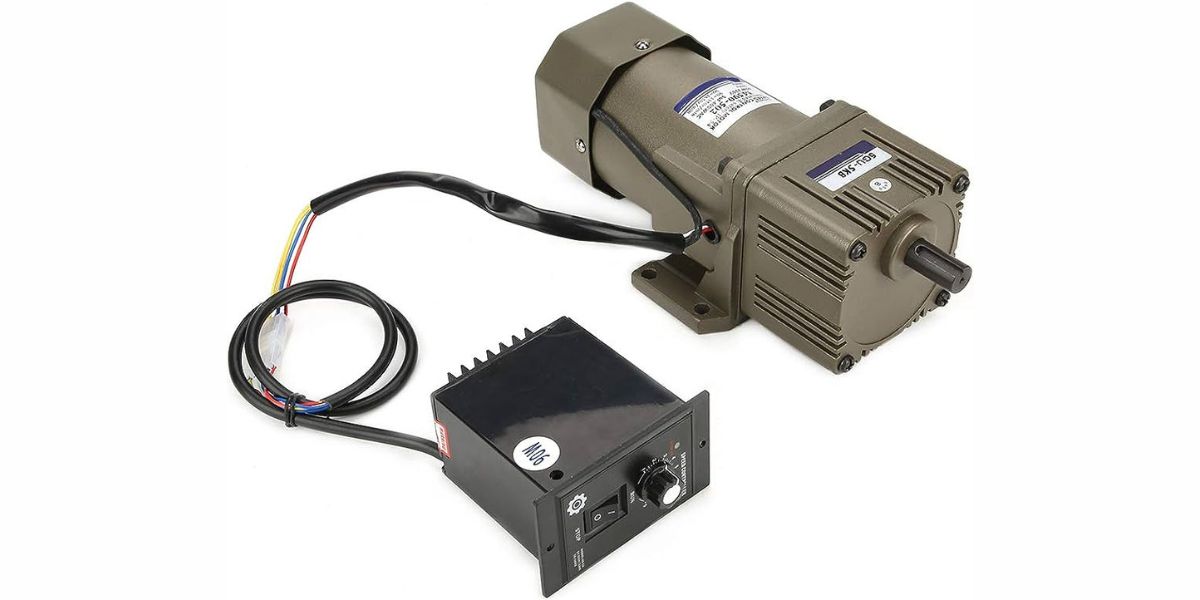
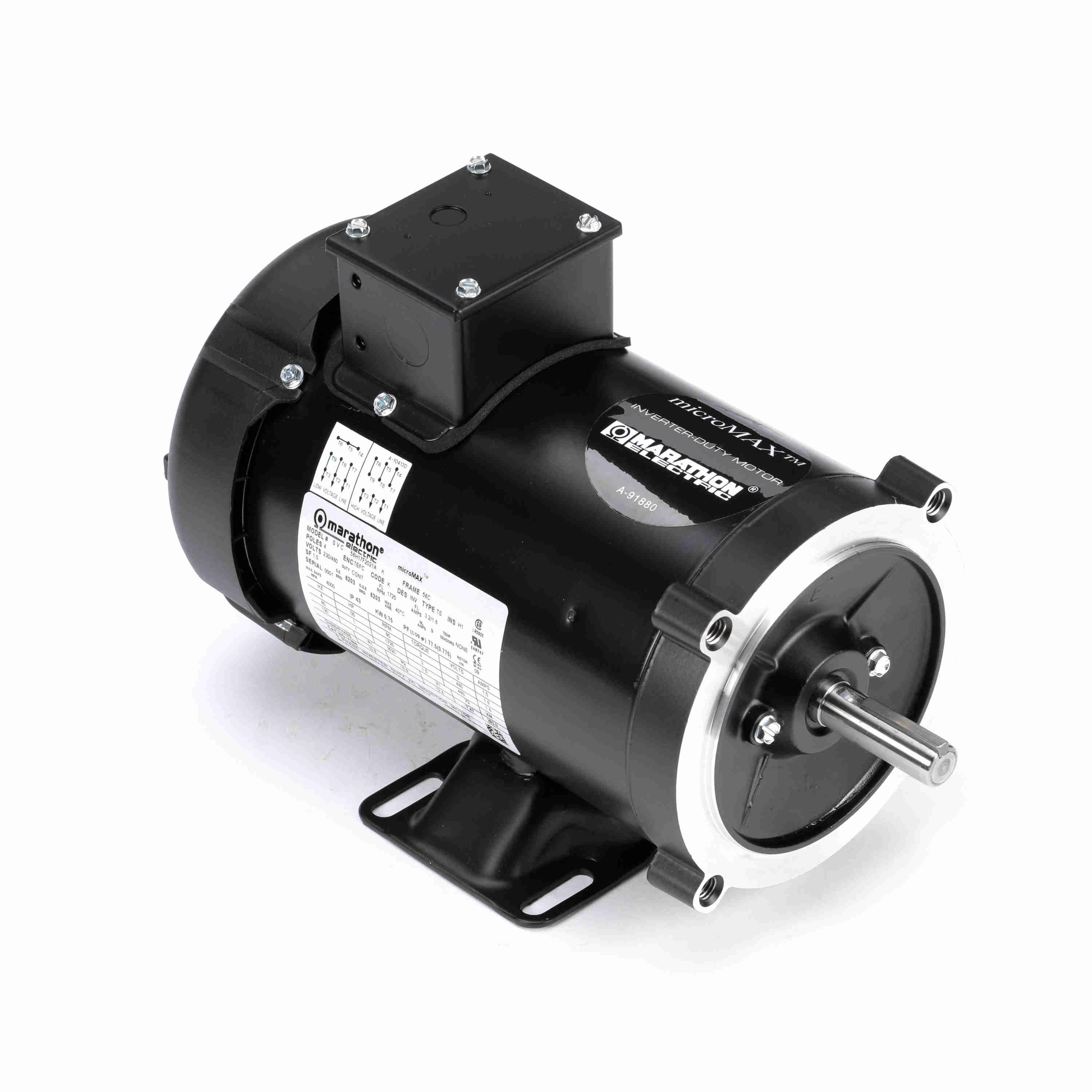
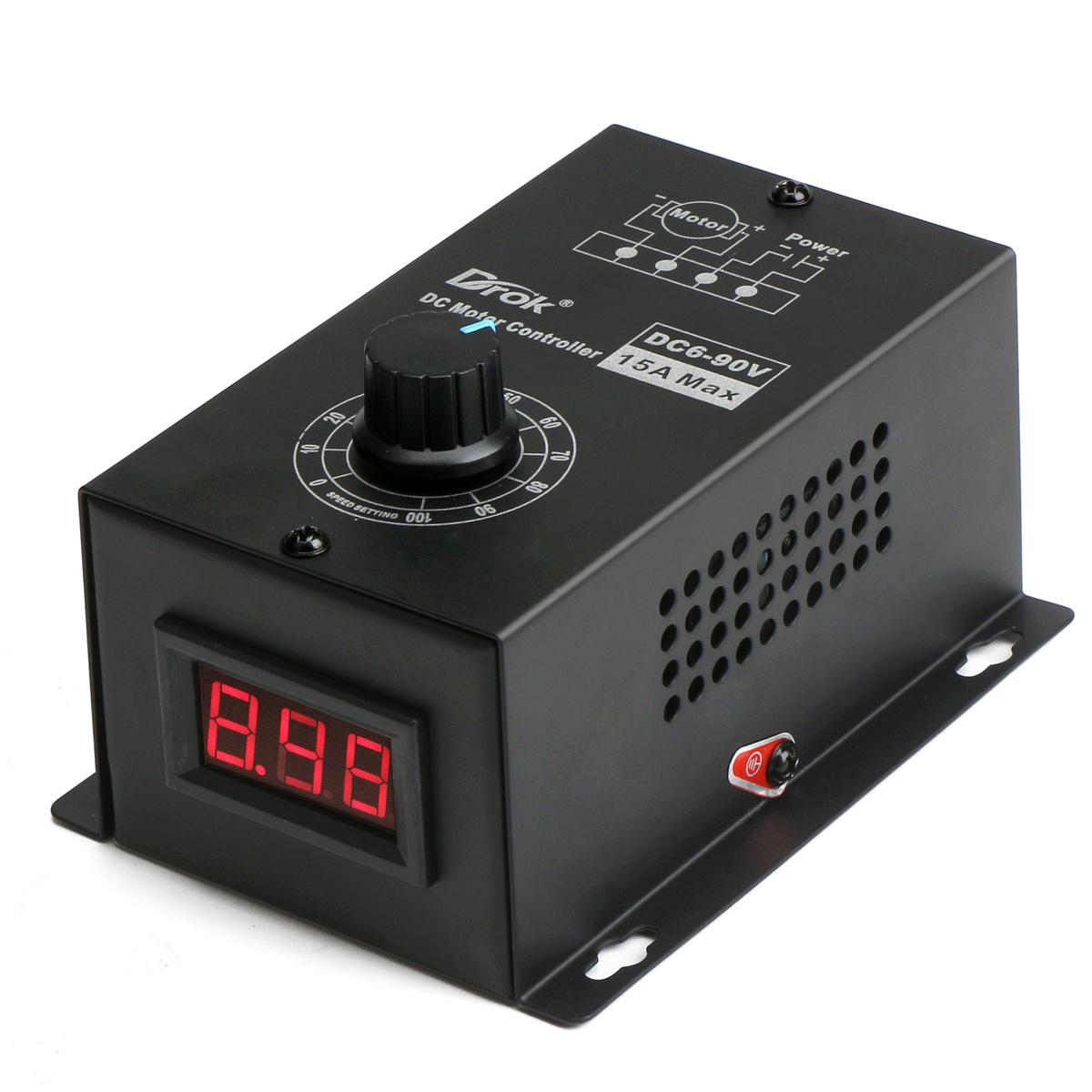
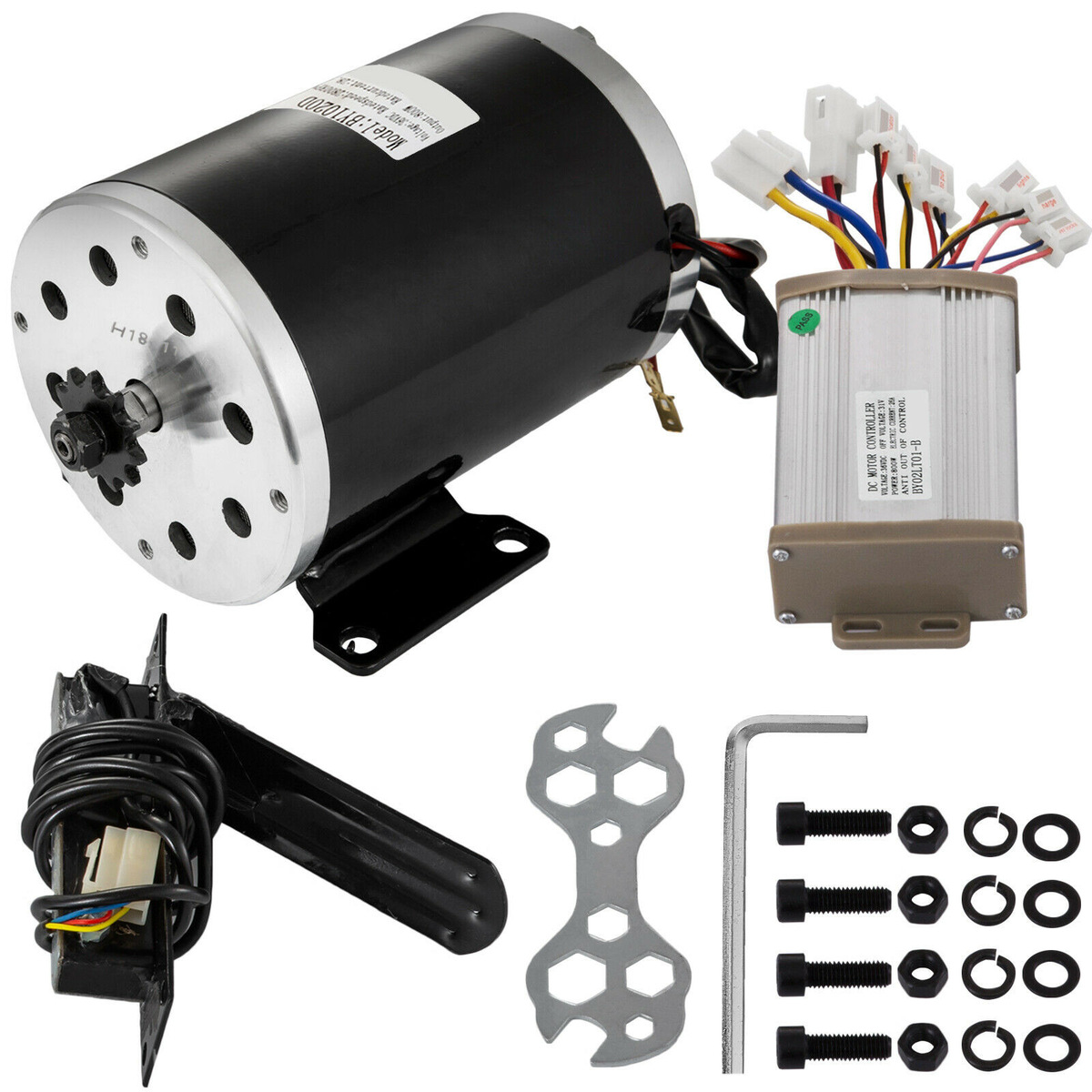
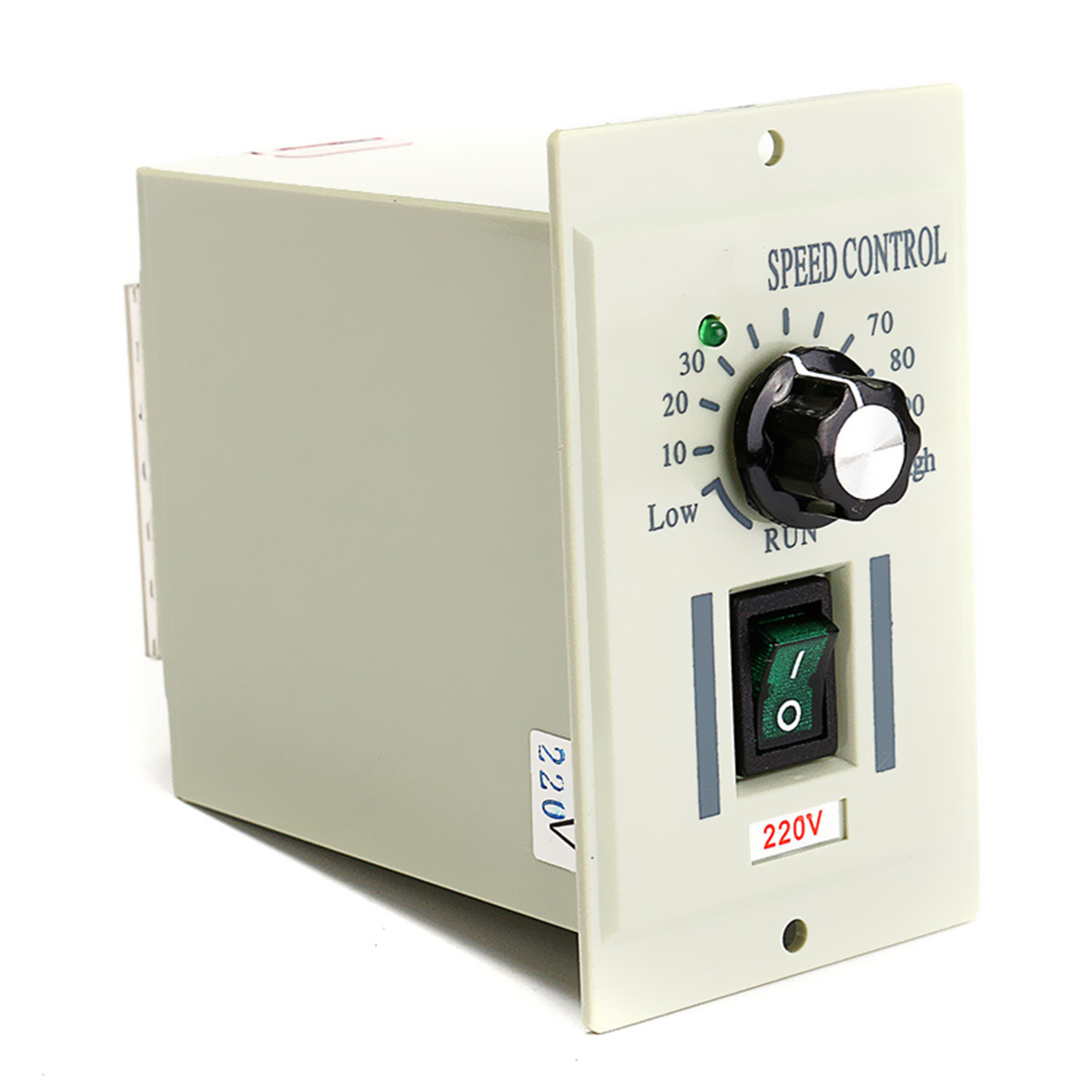
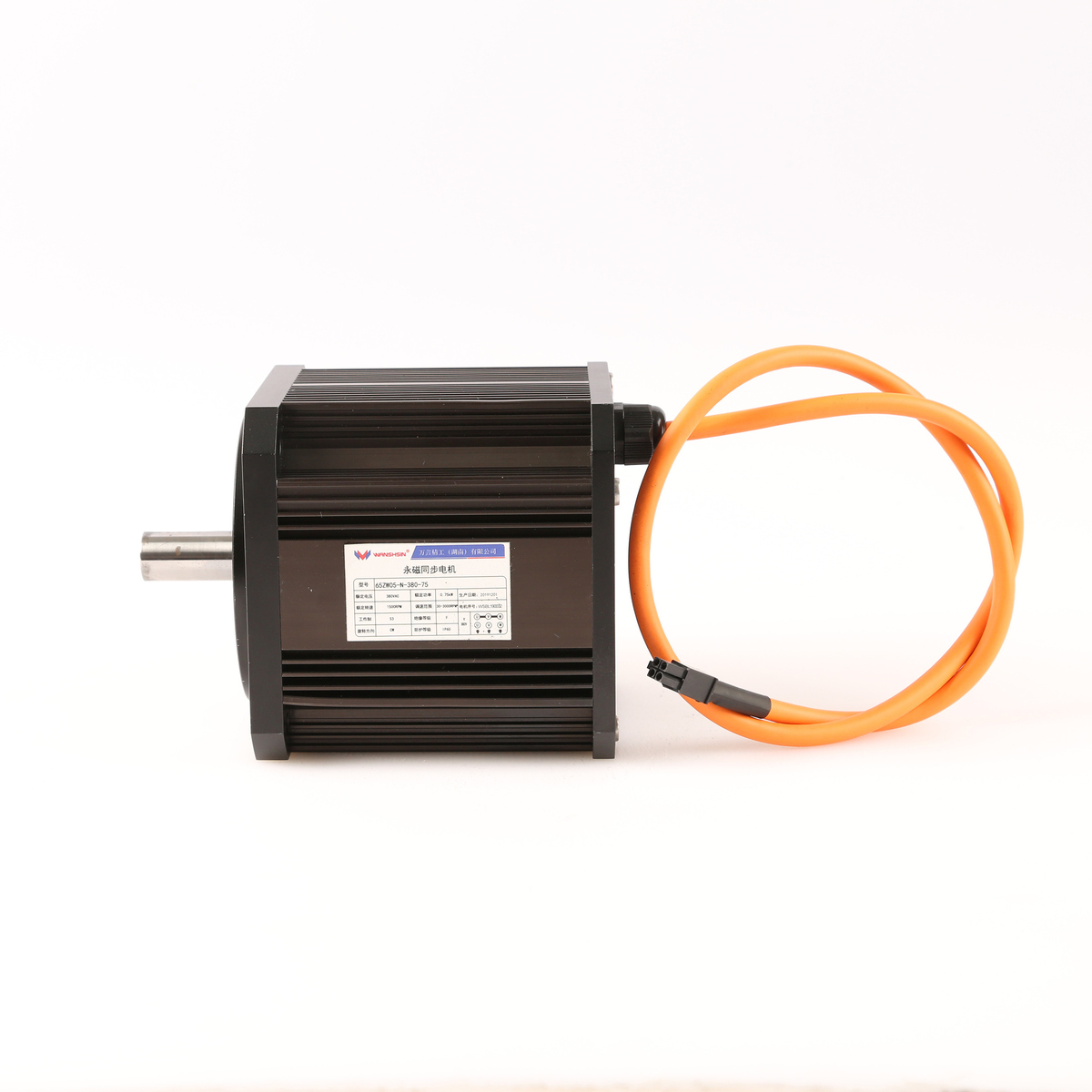

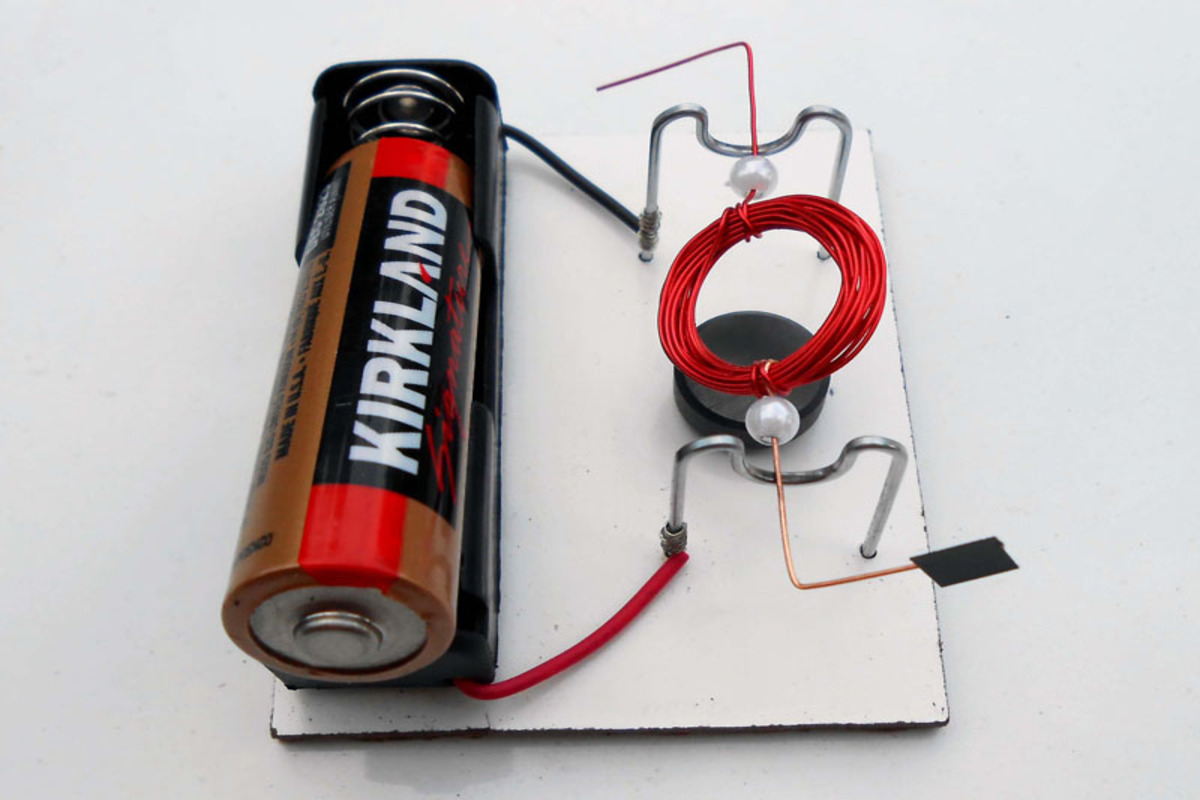
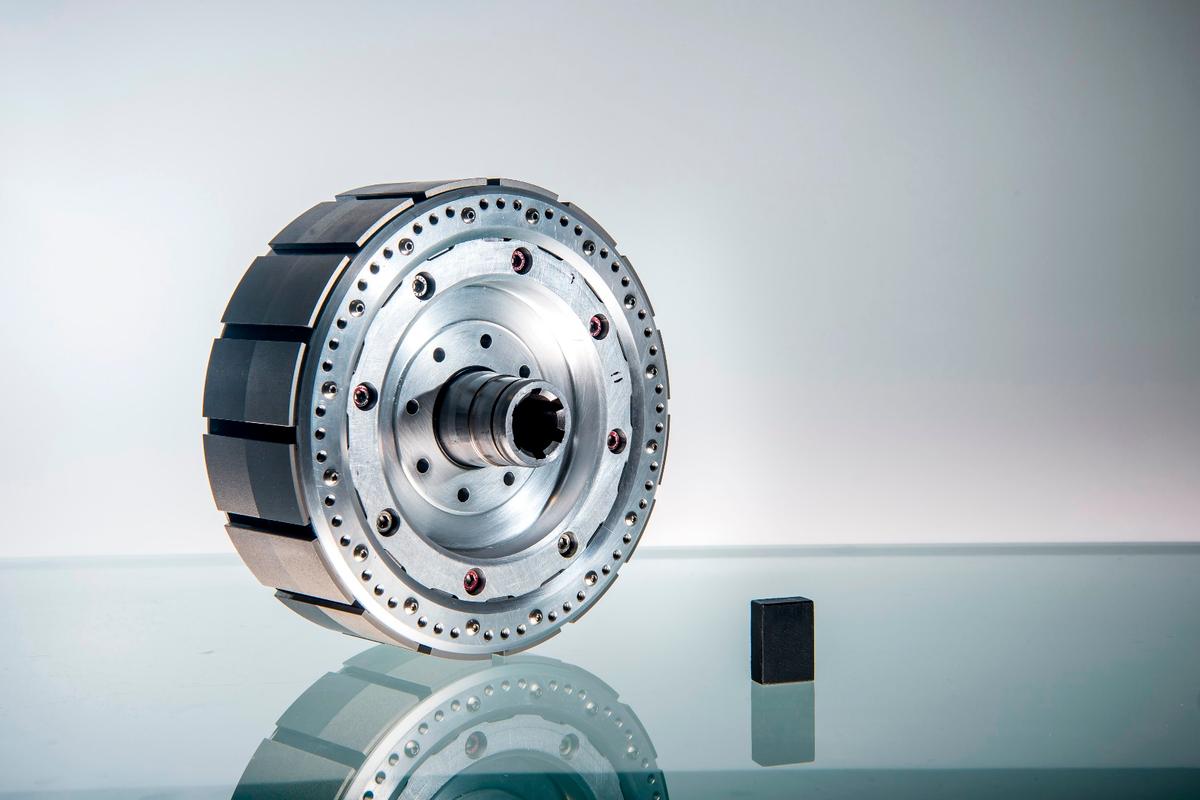
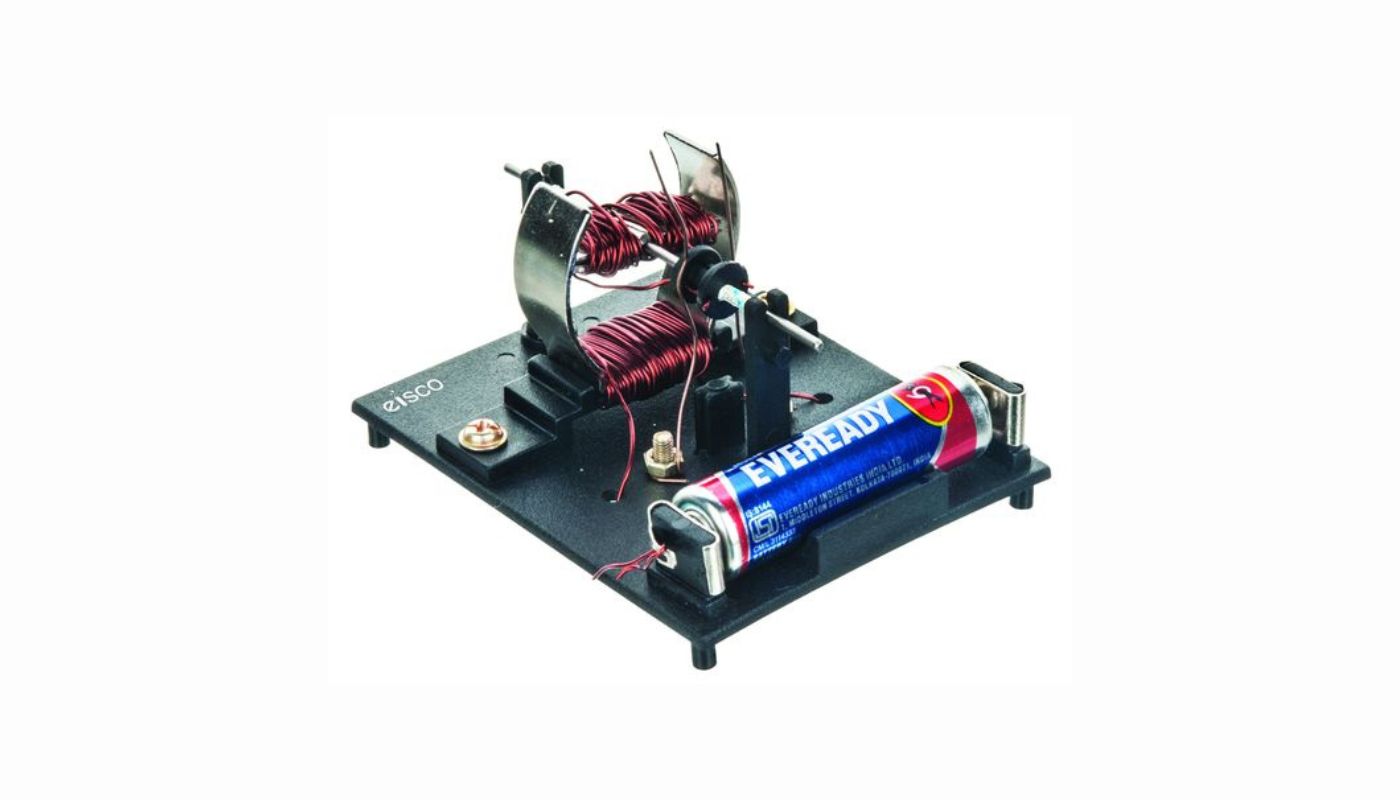
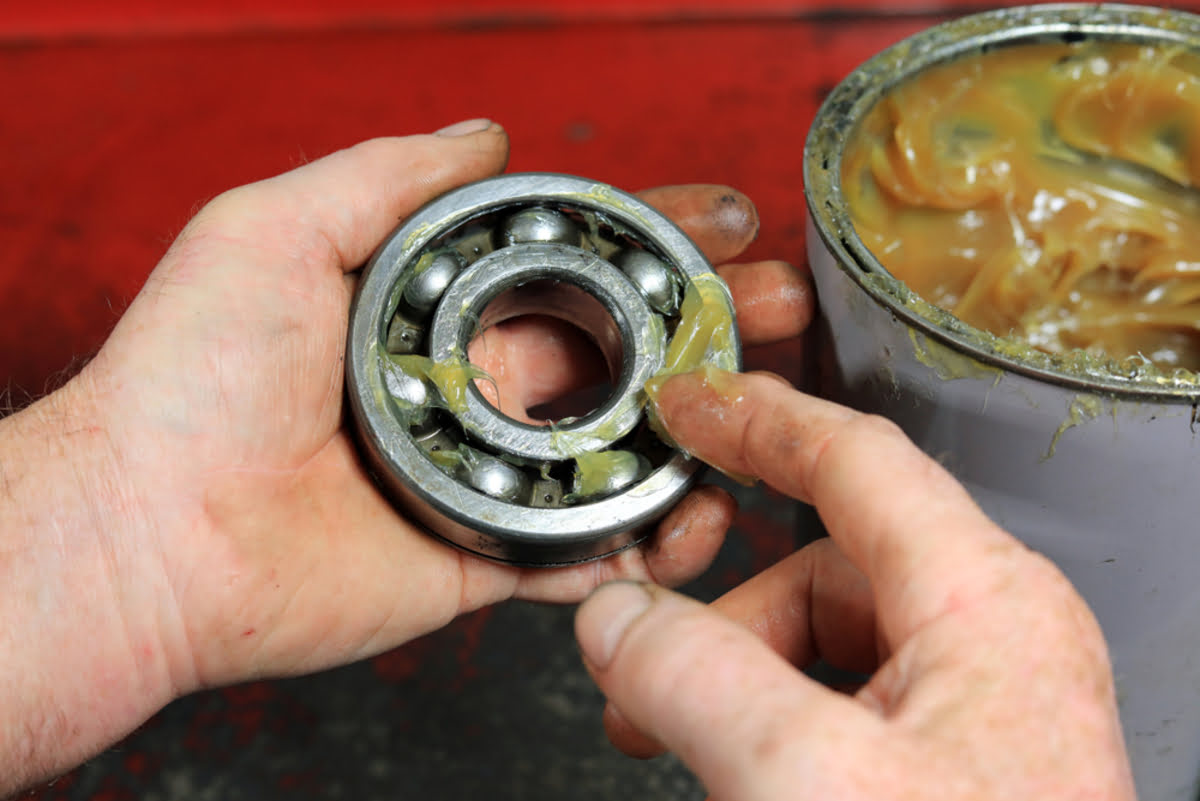
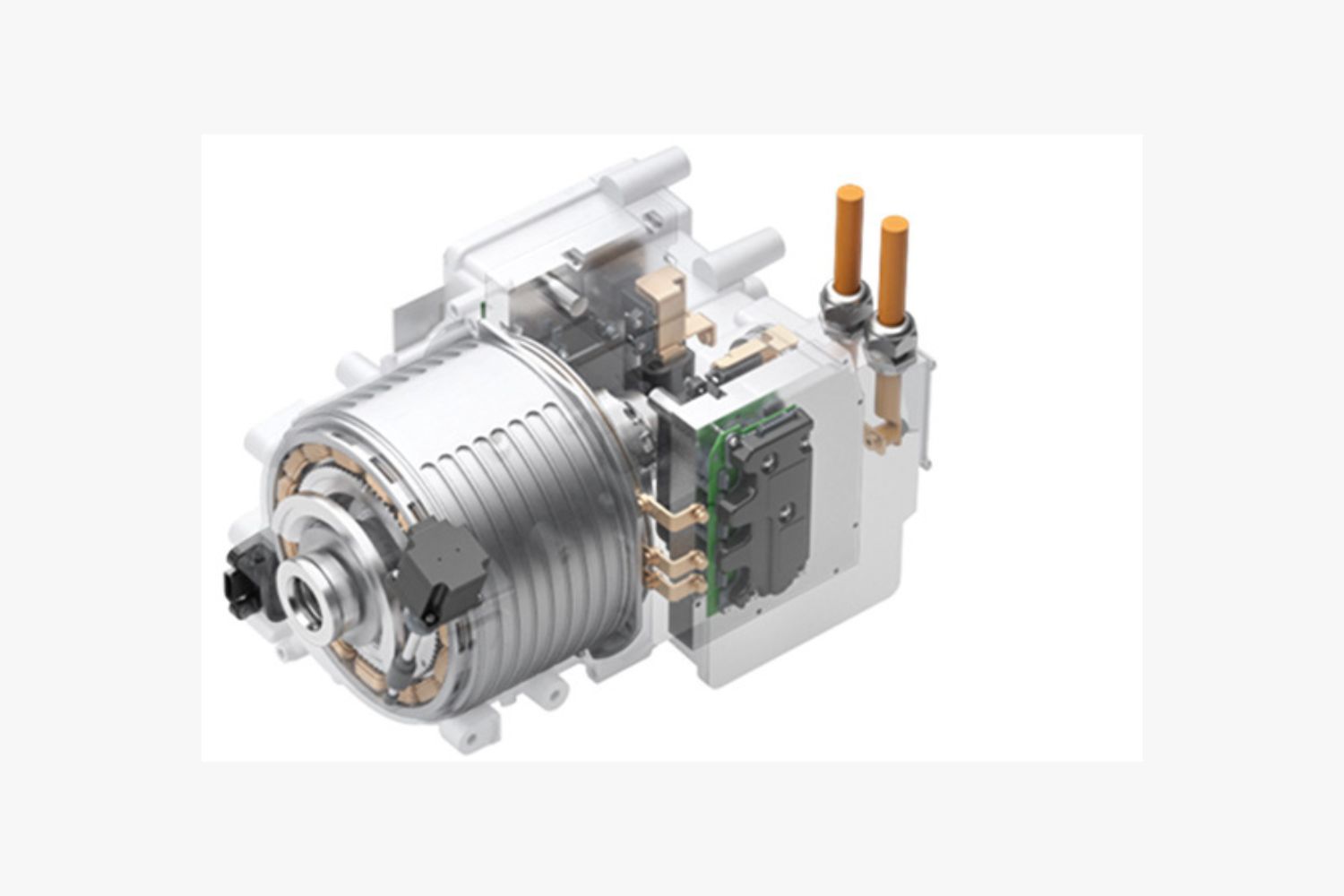
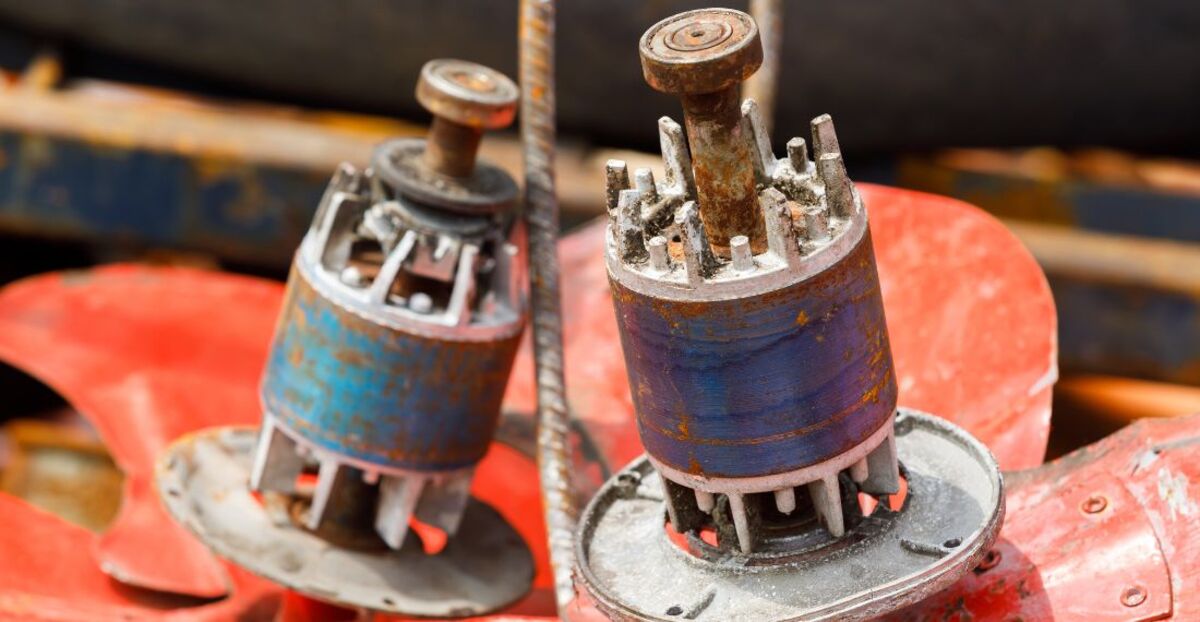
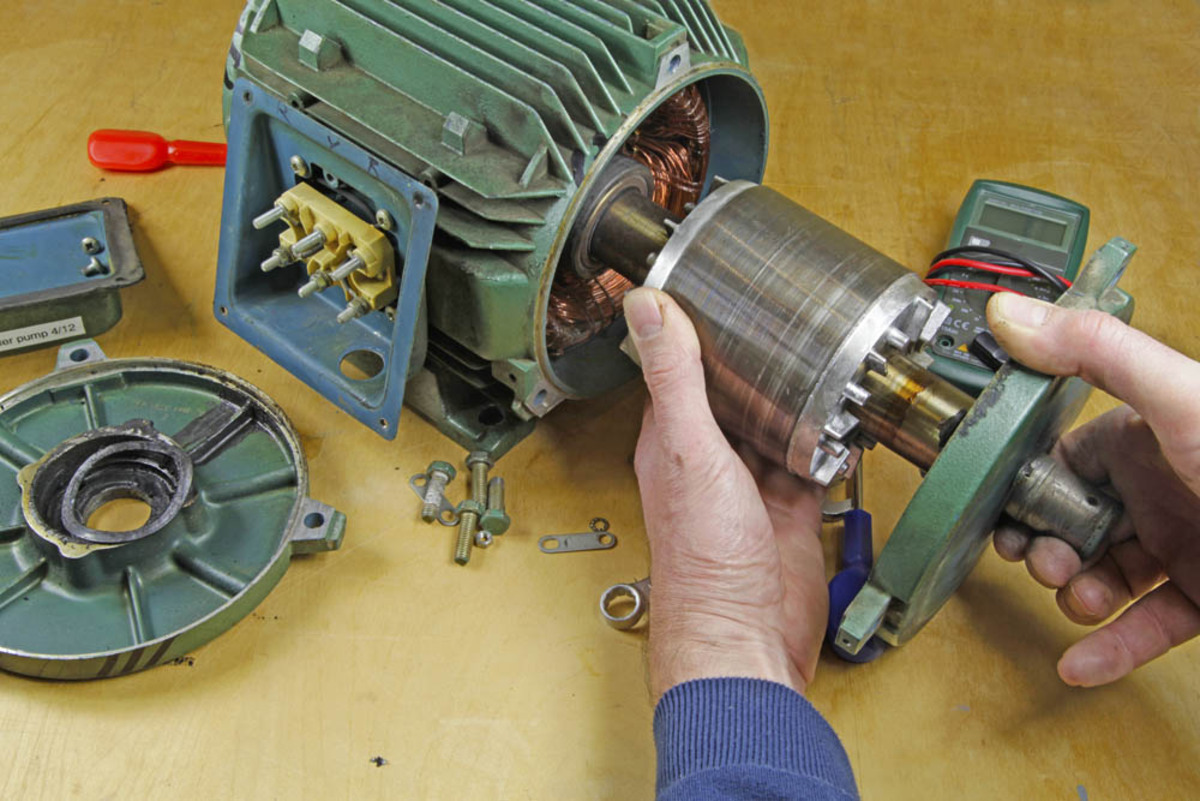

0 thoughts on “How To Make Increase The Speed Of An Electric Motor”